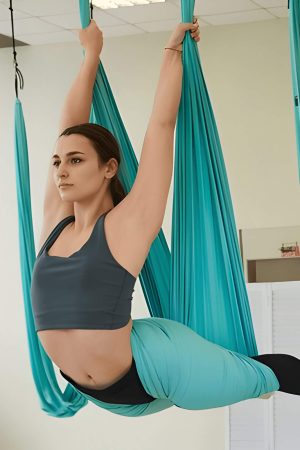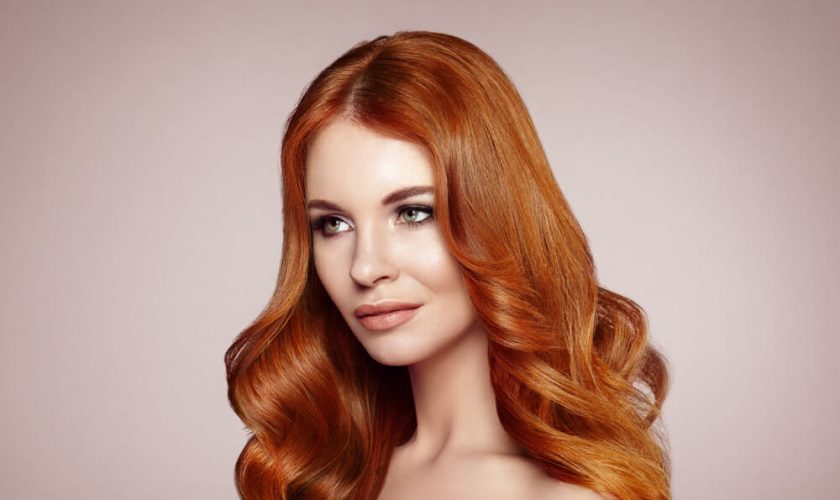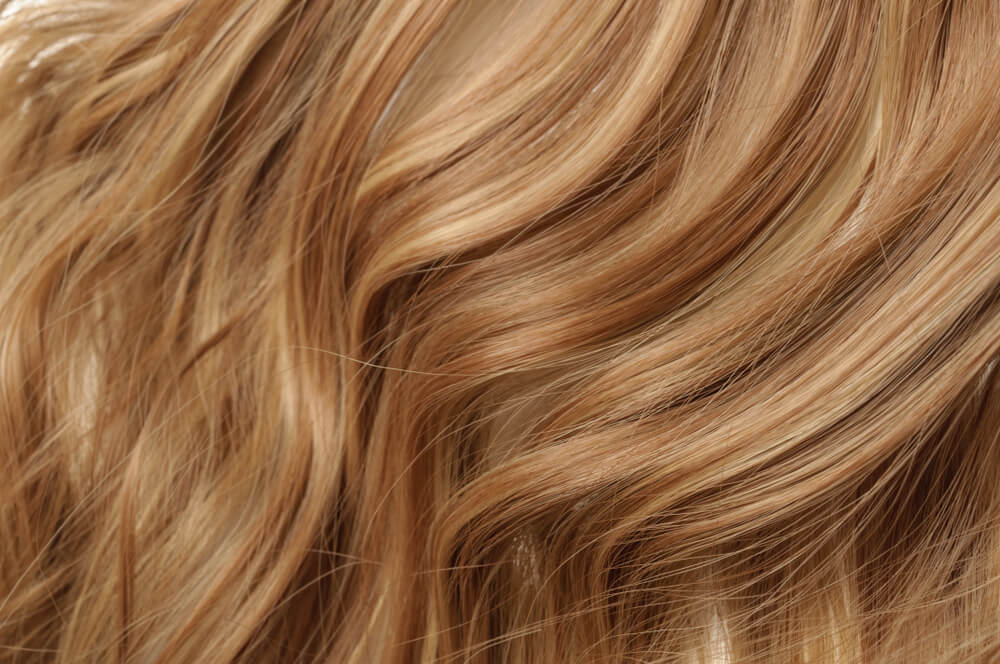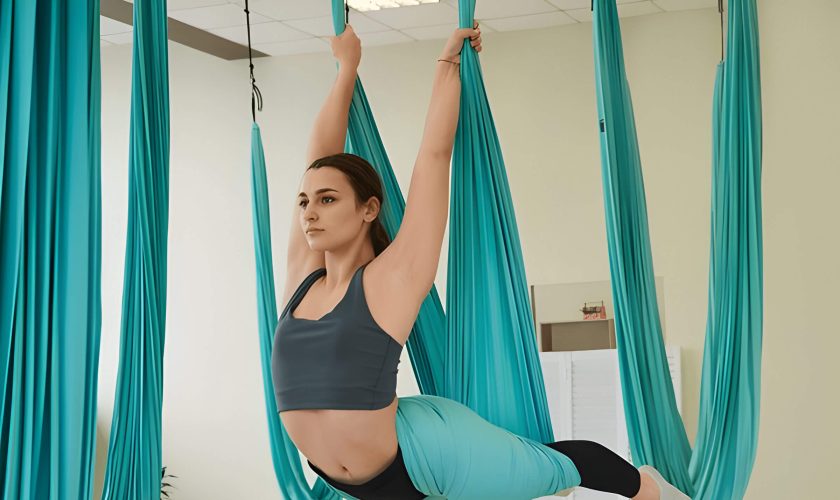Caring for 4C hair involves understanding its unique characteristics, such as tight, dense coils prone to dryness and breakage. This guide offers essential tips for maintaining healthy 4C hair by focusing on moisture retention, protective styling, and suitable products. Follow these expert recommendations to develop a routine that nurtures your coils from root to tip.
4C Hair and Its Unique Characteristics
4C hair is a unique and beautiful hair type that falls under the category of coily hair textures. Characterized by its tight, zig-zag pattern, 4C hair is often the most delicate and prone to dryness among all hair types. Understanding the specific needs of 4C hair is essential for maintaining its health and vibrancy.
One of the key characteristics of 4C hair is its density and shrinkage. This type can shrink up to 75% of its actual length, making it appear shorter than it truly is. Additionally, 4C hair tends to be more fragile due to fewer cuticle layers protecting each strand.
When it comes to how to care for 4C hair, moisture retention is crucial. Regular deep conditioning treatments help maintain hydration levels and reduce breakage. Using sulfate-free shampoos will also prevent stripping away natural oils that are vital for keeping 4C hair moisturized.
Protective styling, such as braids or twists, can minimize manipulation and protect the ends from damage. Incorporating oils like jojoba or castor oil into your routine can seal in moisture and add an extra layer of protection against environmental stressors.
By understanding what makes 4C hair unique and adopting a tailored care regimen, you can ensure that your coily texture remains healthy, strong, and beautifully defined.
Hydrating Your 4C Hair
Hydrating your 4C hair is crucial for maintaining its health and vitality. Due to the unique structure of 4C hair, which is tightly coiled and prone to dryness, moisture retention becomes a primary concern. Proper hydration not only enhances the appearance of your natural hair but also prevents breakage and promotes growth.
One of the key strategies for moisturizing 4C hair involves using products specifically designed for coily textures. Look for ingredients like shea butter, coconut oil, and glycerin in your hair care products as they are known for their excellent moisturizing properties. These ingredients help seal in moisture, providing long-lasting hydration.
In addition to choosing the right products, it’s essential to adopt a consistent hair care routine that focuses on moisture retention. Deep conditioning treatments should be incorporated regularly to replenish lost moisture and strengthen your strands. Protective styles can also be beneficial as they minimize manipulation and reduce exposure to environmental stressors that can strip away moisture.
When selecting the best moisturizers for natural hair, consider leave-in conditioners and hydrating creams that offer intense hydration without weighing down your curls. Incorporating a water-based moisturizer followed by an oil or butter can create an effective moisture-sealing barrier.
Remember, hydrating coily hair is not just about applying products but also about understanding your hair’s needs and adjusting your routine accordingly. By prioritizing moisture retention for 4C hair, you pave the way for healthier, more resilient curls that shine with natural beauty.
Protective Styling Tips for Maintaining Healthy 4C Hair
Maintaining healthy 4C hair can be a rewarding journey, especially when incorporating protective styles into your hair care routine. Protective styles for 4C hair are essential in reducing breakage and promoting growth by minimizing the manipulation of your delicate strands. Here are some effective tips and ideas to help you keep your coily hair in optimal condition.
First, consider low manipulation hairstyles such as twists, braids, or buns. These styles require minimal daily handling, which helps in reducing stress on your hair and scalp. Twists and braids can be worn for several weeks with proper maintenance, allowing your hair to rest and grow without constant interference.
Next, explore various protective hairstyles ideas like box braids, cornrows, or faux locs. These styles not only shield your ends from environmental damage but also give you the versatility to switch up your look without compromising the health of your hair. Ensure that these styles are not too tight to avoid tension on the scalp which can lead to traction alopecia.
Additionally, always prep your hair before installing any protective style. This includes deep conditioning treatments to fortify your strands and using a leave-in conditioner for added moisture. Moisturizing is key in maintaining elasticity and preventing dryness that often leads to breakage in coily hair.
Lastly, don’t forget regular maintenance while wearing protective styles. Keep your scalp clean by washing it gently with diluted shampoo or using a dry shampoo alternative if needed. Moisturize regularly with light oils or water-based sprays to keep both scalp and strands hydrated.
By following these tips on protective styling for 4C hair, you can enjoy healthier tresses that thrive under low manipulation care while showcasing beautiful and versatile looks.
The Best Products to Use on Your 4C Hair
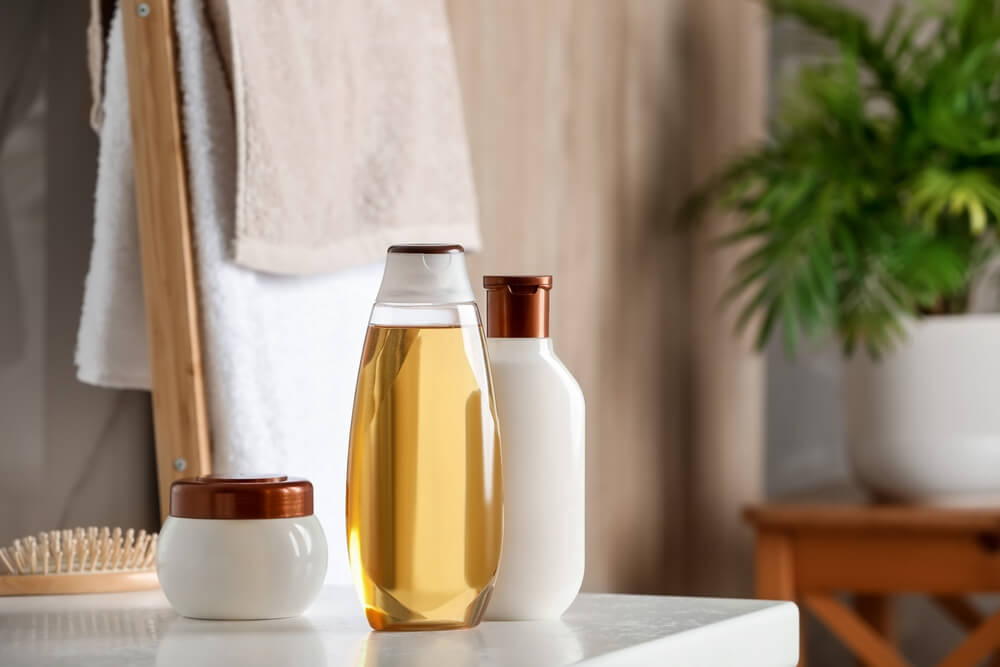
When it comes to caring for 4C hair, selecting the right products is crucial for maintaining moisture, defining curls, and promoting overall hair health. Here are some of the best products specifically formulated to meet the unique needs of coily hair.
Shampoos and Conditioners for Coily Hair
Finding a gentle shampoo that cleanses without stripping natural oils is essential. Look for sulfate-free shampoos enriched with natural ingredients like shea butter or coconut oil. These ingredients help retain moisture while cleansing the scalp. Pair your shampoo with a hydrating conditioner designed to detangle and soften coily strands.
Leave-In Conditioners for Natural Curls
Leave-in conditioners are a must-have in any 4C hair regimen. They provide ongoing hydration and help define curls throughout the day. Opt for leave-in conditioners that contain glycerin or aloe vera, which are known for their moisturizing properties. These products will keep your curls bouncy and manageable.
Deep Conditioning Treatments
Deep conditioning treatments offer intensive moisture that penetrates deep into the hair shaft, making them perfect for restoring dry or damaged 4C hair. Use treatments rich in proteins and natural oils like argan or jojoba oil once a week to strengthen and nourish your coils from within.
By incorporating these targeted products into your routine, you can ensure that your 4C hair remains healthy, hydrated, and beautifully defined.
How to Wash and Detangle Your 4C Hair
Taking care of 4C hair requires a thoughtful and consistent routine to ensure it remains healthy, moisturized, and tangle-free. Here is a step-by-step guide to help you navigate your wash day with ease.
Step 1. Pre-wash Preparation
Before diving into the washing routine for coily hair, it’s crucial to prepare your hair. Start by sectioning your dry hair into manageable parts. Apply a generous amount of pre-poo treatment or natural oil (like coconut or olive oil) to each section. This step helps in softening the hair and makes the detangling process easier.
Step 2. Detangling
Detangling techniques for natural curls are essential to prevent breakage and tangles during washing. Using your fingers or a wide-tooth comb, gently work through each section from the ends towards the roots. Be patient and avoid rushing this process to minimize damage.
Step 3. Cleansing
Once detangled, it’s time for cleansing. Use a sulfate-free shampoo specifically designed for curly hair types. Apply the shampoo directly onto your scalp and massage it in circular motions to lift dirt and buildup without stripping away natural oils. Rinse thoroughly while allowing the shampoo to run down the length of your strands.
Step 4. Conditioning
Conditioning is vital for maintaining moisture in 4C hair. Apply a rich conditioner generously from root to tip, focusing on areas that tend to be drier or more prone to tangles. Leave it on for at least five minutes before rinsing out with cool water, which helps seal the cuticle and lock in moisture.
Step 5. Deep Conditioning
For an extra boost of hydration, incorporate deep conditioning into your routine once every two weeks or as needed. Use a deep conditioner formulated for coily textures and leave it on under a shower cap for about 30 minutes before rinsing out thoroughly.
Step 6. Final Detangle
After rinsing out all conditioners, you can perform one final detangle session while your hair is still wet but not dripping wet; this will prevent tangles from forming as you proceed with styling.
By following this step-by-step guide on wash day tailored explicitly towards preventing tangles in curly hair like yours, you’ll find managing those beautiful coils significantly easier over time!
Nourishing Your Scalp
Maintaining a healthy scalp is crucial, especially for those with natural curls, as it directly impacts hair growth and vitality. Incorporating essential oils into your scalp care routine can provide numerous benefits. Oils such as tea tree, peppermint, and lavender are known for their antimicrobial properties, which help in maintaining a clean scalp environment. Additionally, these oils can soothe irritation and reduce dandruff.
One effective method to enhance the benefits of essential oils is through regular scalp massages. Scalp massage techniques not only improve blood circulation but also ensure that the nutrients from the oils are well absorbed. To perform a scalp massage, use your fingertips to apply gentle pressure in circular motions across your entire scalp. This practice can be both relaxing and beneficial in stimulating hair follicles.
For those dealing with dry scalp issues, particularly common among curly-haired individuals, it’s important to focus on hydration and moisture retention. Treating dry scalp in curly-haired individuals often involves using deep conditioning treatments that contain hydrating ingredients like aloe vera or glycerin. Combining these treatments with essential oil applications can significantly improve overall scalp health.
Incorporating these scalp care tips for natural curls into your routine will not only nourish your roots but also promote healthier, more resilient hair growth over time.
Embrace the Journey of Caring For Your Beautiful Coils
Caring for your natural coils is more than just a routine; it’s an enriching journey that celebrates the unique beauty and texture of your hair. Understanding the specific needs of curly hair types is essential to maintaining their health and vitality. From selecting the right moisturizing products to mastering protective styling techniques, each step plays a crucial role in nurturing your curls.
Regular deep conditioning treatments help maintain moisture levels, while gentle detangling practices prevent breakage and promote growth. Embracing natural oils can enhance shine and manageability, making your coils look their best every day. Additionally, incorporating a balanced diet rich in vitamins and minerals supports overall hair health from within.
Remember, patience is key when it comes to caring for curly hair. Each coil has its own personality, requiring time and attention to understand what works best. Celebrate small victories along the way, whether it’s finding a new favorite product or achieving definition on wash day.
In conclusion, embrace this journey with confidence and joy. Your beautiful coils are a testament to your individuality and resilience. With consistent care and love, they will continue to thrive, reflecting not only outer beauty but also inner strength.



